Vox Bot #StaffShorts
- Behind the Scenes
- Tutorials
- Posted by Anahita Tabarsi on May 22 2019
Share Tweet
We've got a special treat for you today in the form of a staff made short from our Dublin-based CG Supervisor Matthew Lloyd, who is a dab hand at all things 3D!
He's been working in the Animation/TV/Gaming and VFX industry for over 21 years, having started out as a 3D Generalist and dipping his toes in most areas of animation production. Matthew has been with Brown Bag Films for over 4 years and currently works as a CG Supervisor on Vampirina.
Among his many talents, he also dons the hat of educator, having taught at Ballyfermot College since 2001, where he is currently an instructor on their 2 year HND Diploma in VFX.
Lately, he's even been working on some of his own personal projects including 'Vox Bot', a short music video which features a breakdancing CG robot in a live-action setting!
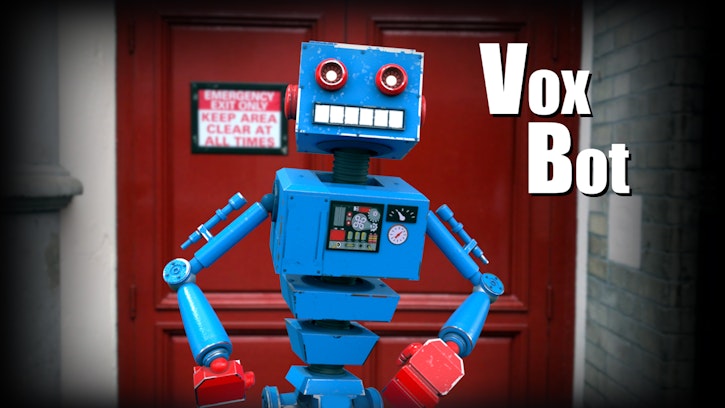
We chatted with Matthew about this project and what was involved behind-the-scenes:
Can you tell us a little bit about what was involved in creating 'Vox Bot'?
My Vox Bot animation started life as an entry for completion on the CG Artists Ireland Facebook group. The idea was to create a piece of CG work based on the theme 'Retro-futurism'. I decided to create an old retro-style dancing toy robot and place him in a modern setting.
The software I used to create this piece was Autodesk Maya for 3D modelling and rendering, SynthEyes for camera tracking and match moving and Nuke for the compositing.
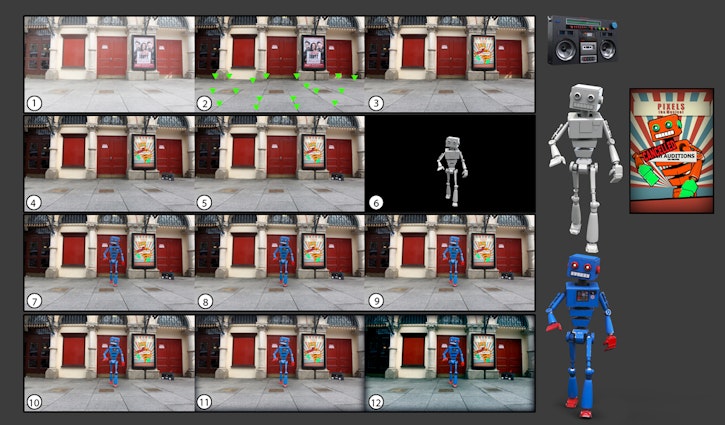
What inspired you to start working on this personal project and how did you come about with the idea for it?
I wanted to create more than just a still image for this competition which is what I would generally do.
I wanted to create a small contained piece of work that pushed me to work outside my comfort zone. I had only 6 weeks to create this so it meant I had to work on it outside work hours which was generally in the morning, evenings and weekends to get the whole project complete.
Can you detail the 3D process for creating the Vox Bot character?
The robot and the beatbox stereo were created in Autodesk Maya.
One of my students Dainis Malcevs was very kind to allow me to use a model of a beatbox stereo he had created earlier for a different project.

Later on, I created a simple rig that allowed the robot to move and dance. Using motion capture data I was able to project the dance moves onto the rig which brought life to the robot.
After this, I started to create previz of the dance moves, previz is like a 3D storyboard that can help you figure out the timing, composition and action of each shot.

This allowed me to visualise early on what the final video would roughly look like. This previz was my guide for when I went out and filmed the live action plates.
The footage was shot at 4K at 25 frames per second. Once I filmed the live-action plates, I had to cut and edit the shots so they matched my previz. When I finalised the shots I was able to export the footage and track them in my tracking software SynthEyes.
SynthEyes allows the artist to create a 3D camera and reference points that match the movement of the real camera which I used to film the original live footage. When you had a track complete you could add your character into the 3D scene with the new 3D camera and project your footage through the 3D camera giving the impression that the character is actually in the live action footage.
Once I was happy that the characters and scene matched, I rendered them out as separate elements and composited them using Nuke. Nuke is a software that allows you to join many different digital elements and render them out as one.
The icing on the cake for me on this project was the music. I'm very lucky to have a brother that is a self-taught digital musician. I discussed with my brother Mick what I was trying to achieve and I gave him some ideas about the type of beat I was looking for. I provided him with the edited version of my previz and a few days later he came back with the excellent track you hear on the video.
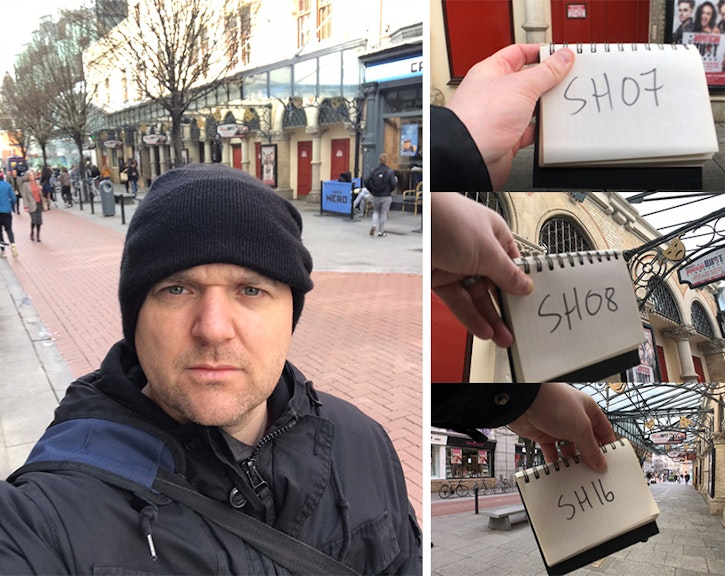
There are some elaborate dance moves in this piece, how did you go about getting that organised?
The dance moves in Vox Bot were created using motion capture. Motion capture involves recording a performers actions or performance and then projecting them onto a 3D character. I used 6 different dances from motek-entertainment and cut and edited them together to make a one minute video.
What were the biggest challenges involved in making it?
This was my first time working with motion capture data so I had a lot to learn about cleaning up the data and using it on a 3D character. I did not have access to a high-end video camera so I filmed my footage on an iPhone 7 with a wide angle lens and a stabilisation rig. I also used a couple of tripods for locked camera shots.
It's also very difficult to film background plates on a busy Dublin street; I had to contend with tourists, dogs, pigeons and curious on-lookers to capture my footage.
What was the best thing you learned from creating this?
I procrastinate a lot when it comes to creating my own personal work. This was one of the first times I've actually stuck to a plan I made for a piece of work this long.
I often start a project, I change it, I pause it for a while and then more often than not I don't complete it. I think a lot of artists can relate to this.
This time around I created a realistic schedule for myself that I stuck to and pushed myself to be more disciplined. When I reached my finish date I walked away from the project and called it complete. There's certainly a lot of things I could go back and change, however, I think it's important to learn what you can from projects like this and then move on to the next one.

What advice would you give to anyone else creating a short animation?
- Create work that you would like to watch yourself.
- Keep your ideas simple.
- Create realistic goals.
- Plan as much as you can.
- Once you have a plan stick to it as best as you can!
- Don't underestimate the amount of work that goes into creating animation or VFX.
- Create storyboards and previz animation before you start so that you know how much footage, animation and rendering is going to be required later on.
- If there's a technical skill needed to create your animation try and find like-minded people that can help you. If these people are not available, go and learn the skills yourself.
What advice would you give someone considering getting into animation?
College is a good place to start. Find a college that has a track record for turning out good students and go there.
Watch TV animation and movies so you understand the different styles of animation that are out there.
Network with like-minded people and try and attend some industry events.
Share your work online, when you know others are viewing your work, you generally push yourself to make that piece as good as possible.
You can check out more of Matthew's work at www.matthewlloyd3d.net
Anahita Tabarsi
Anahita is Brown Bag Films' Marketing Director, Digital & Social and drinks more than five coffees a day...
We Love Animation®
Brown Bag Labs is an exciting online space, brought to you by Brown Bag Films. We share great content for families as well as behind the scenes fun and tutorials from the Brown Bag Films team.



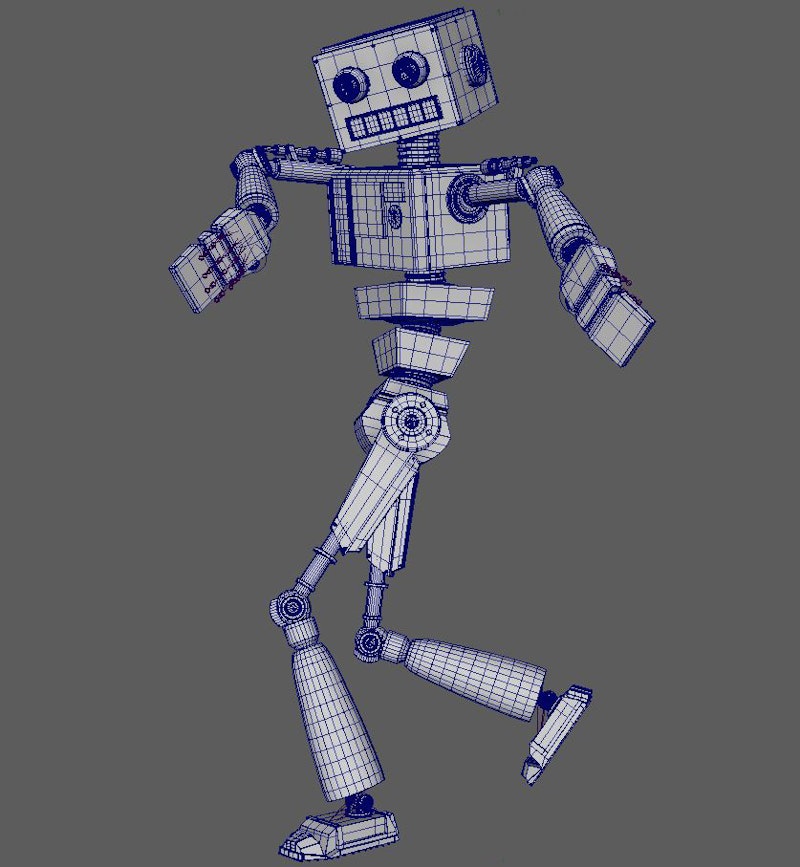
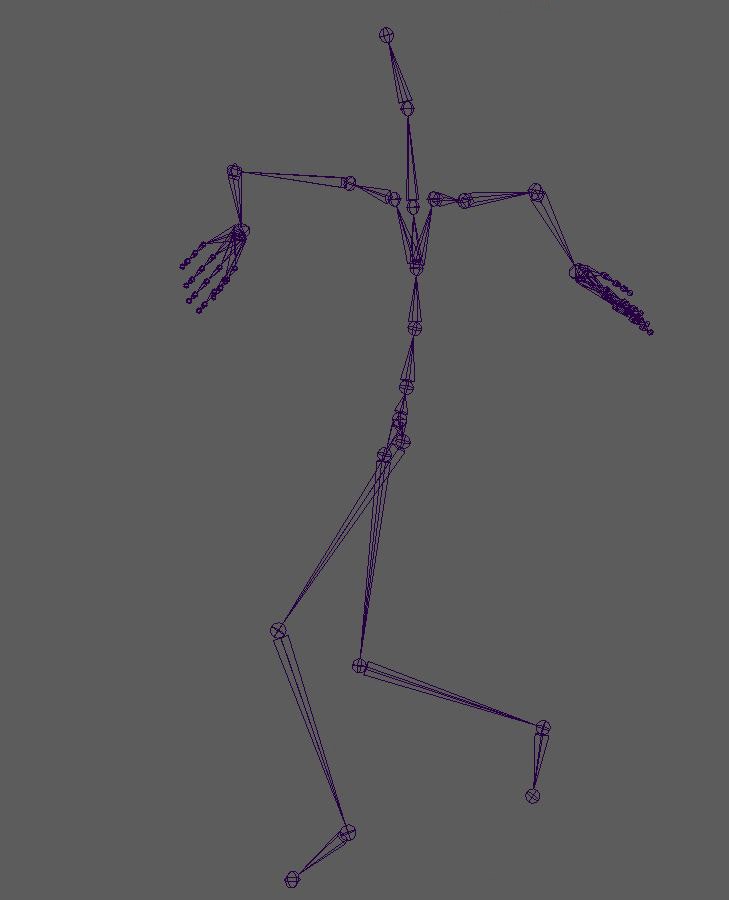

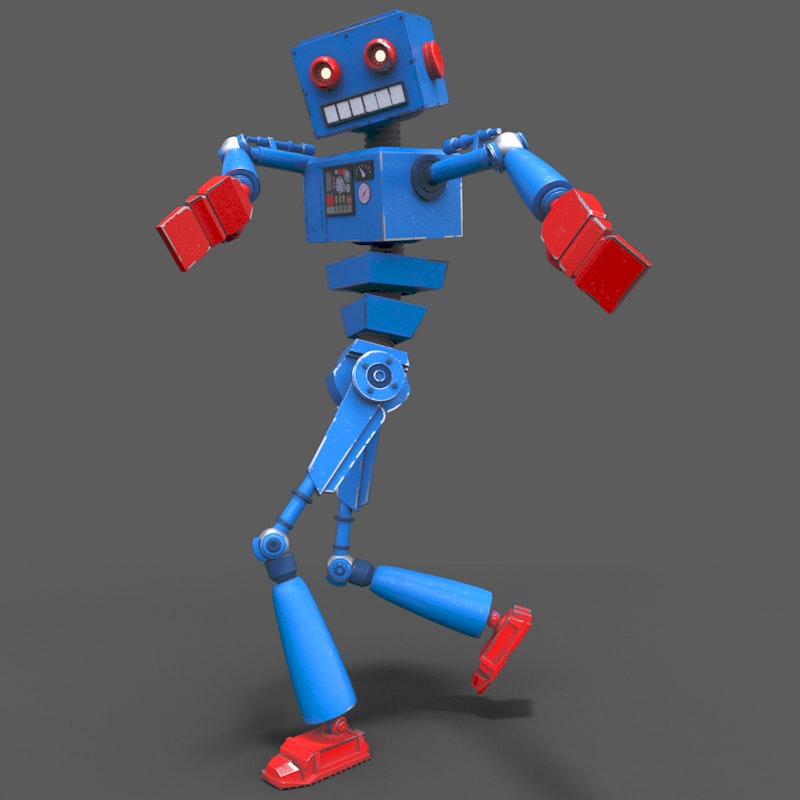
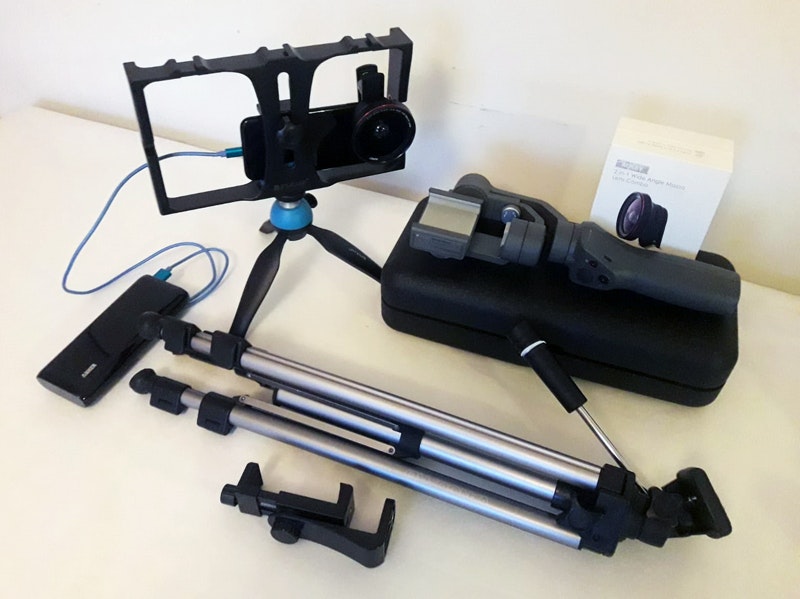
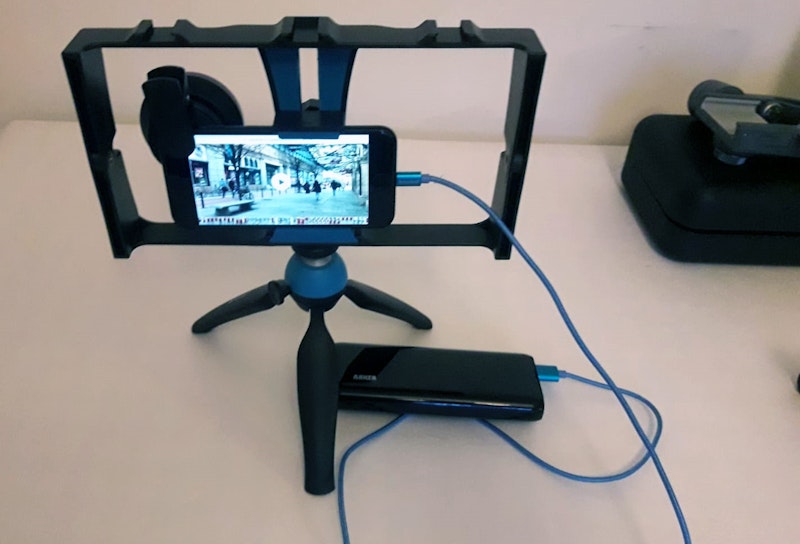

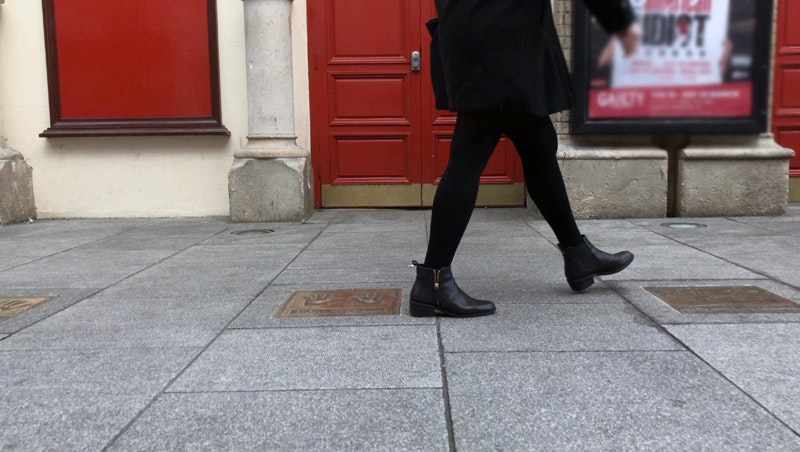
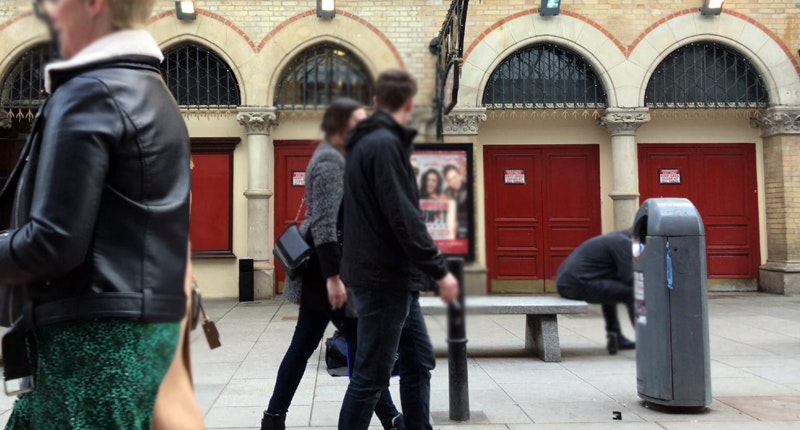
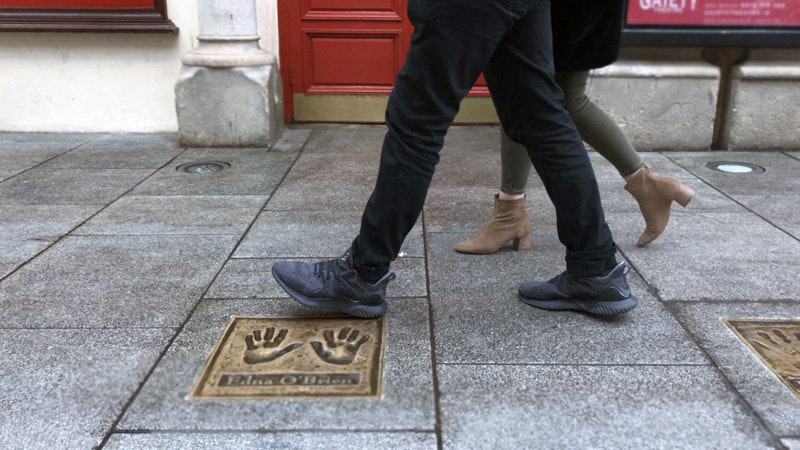
Get our great newsletter!
Get our great newsletter!